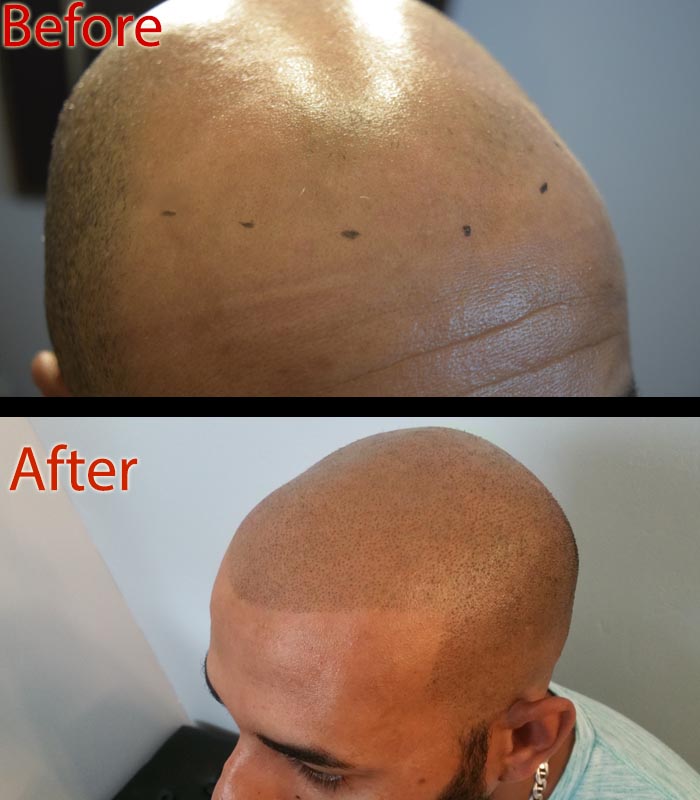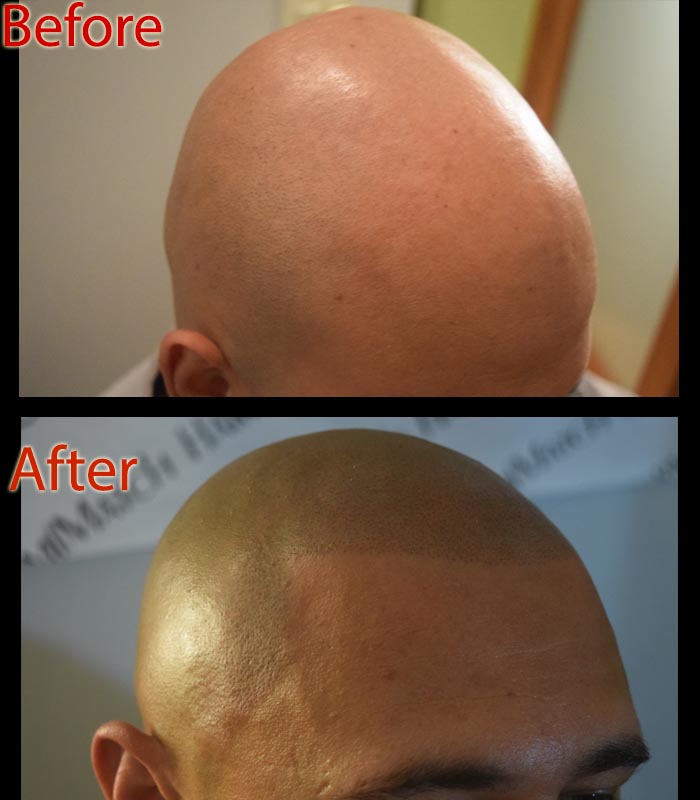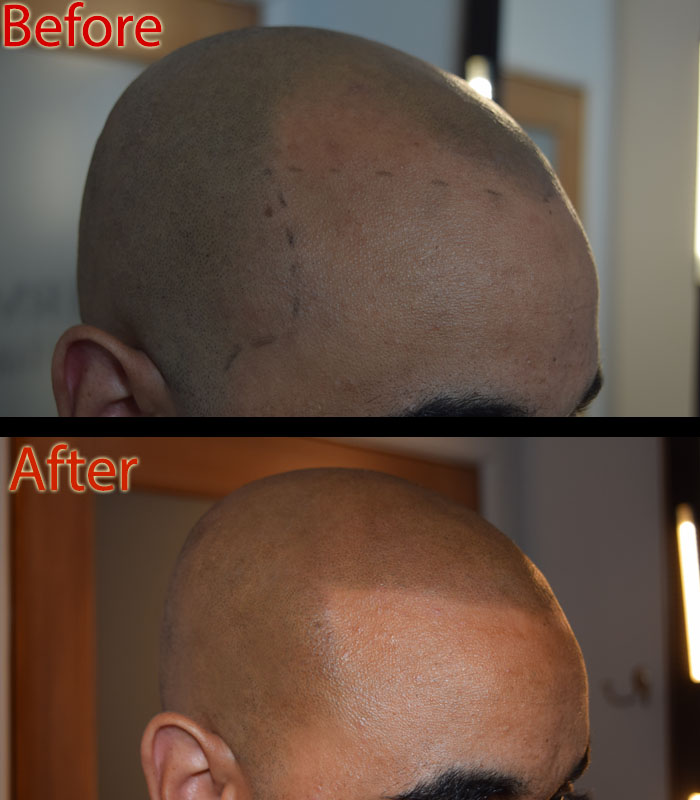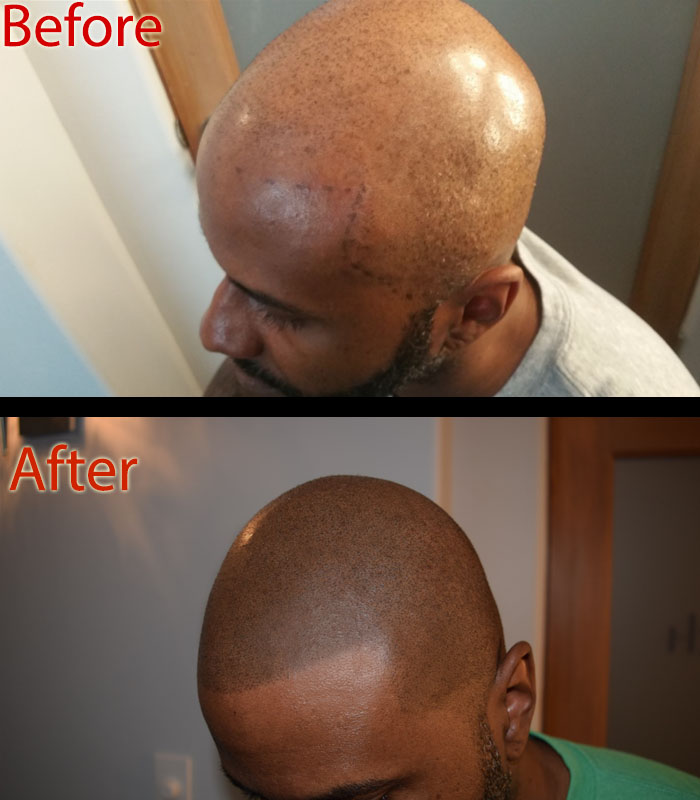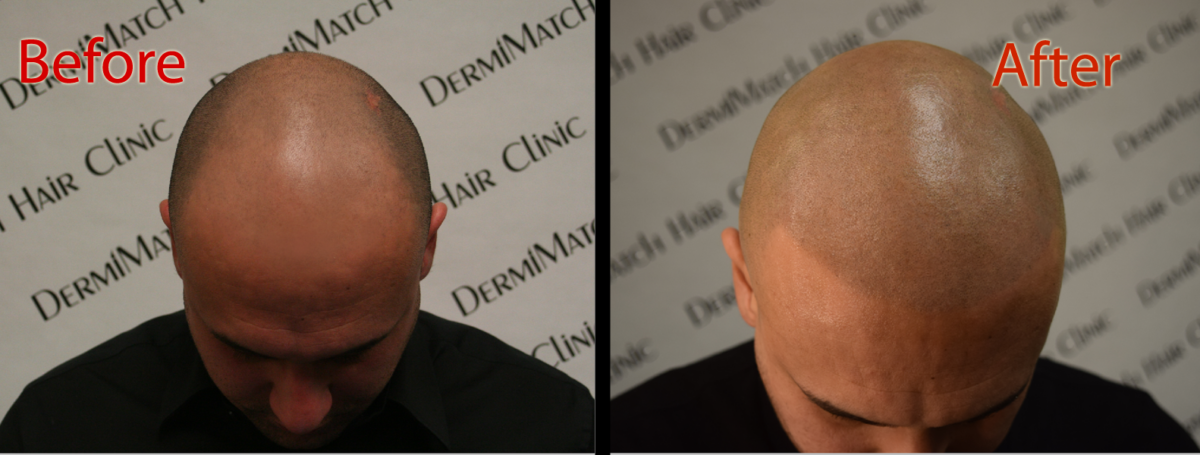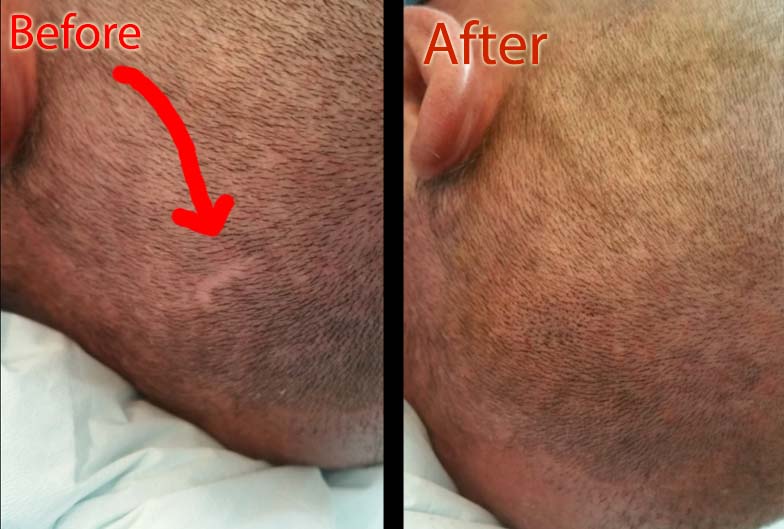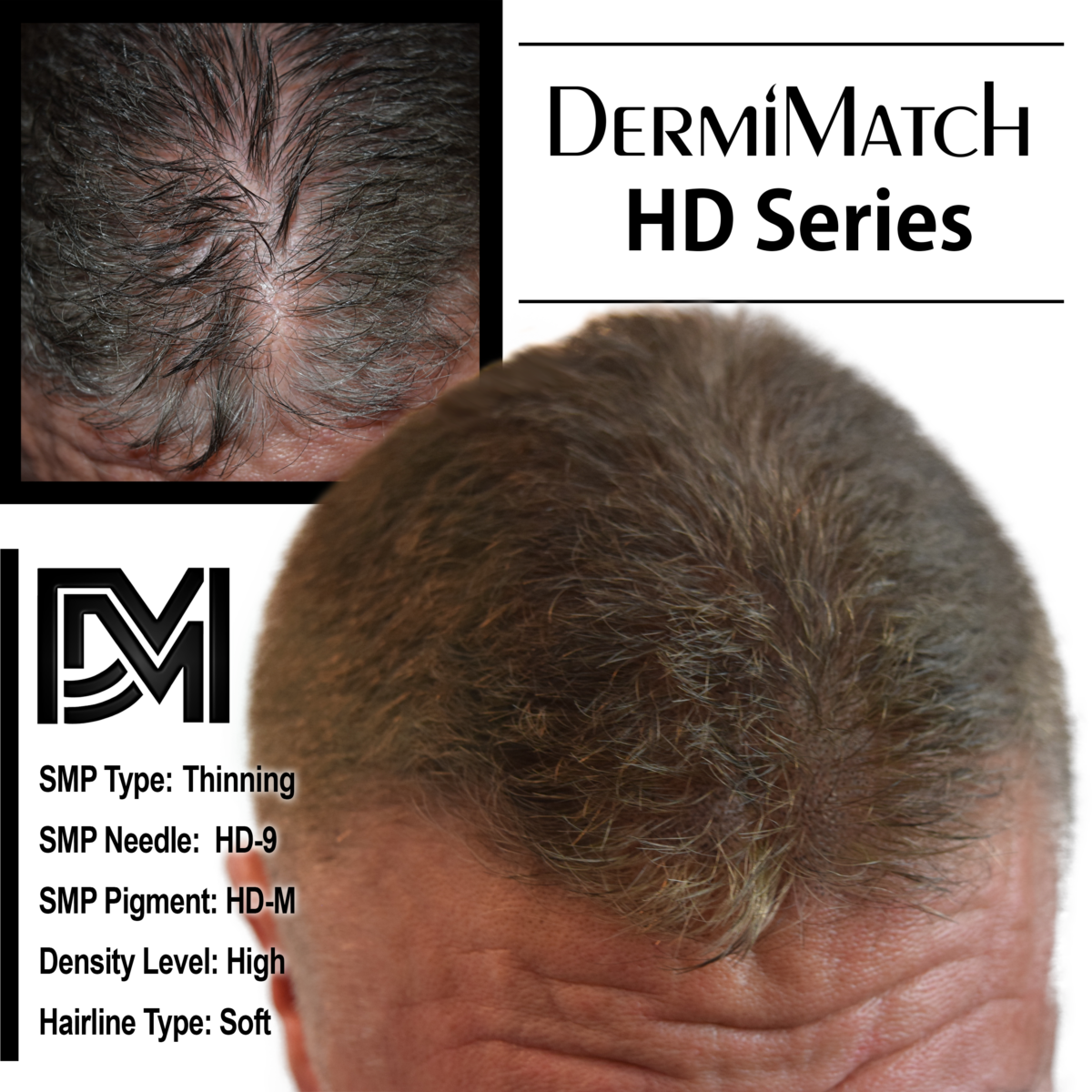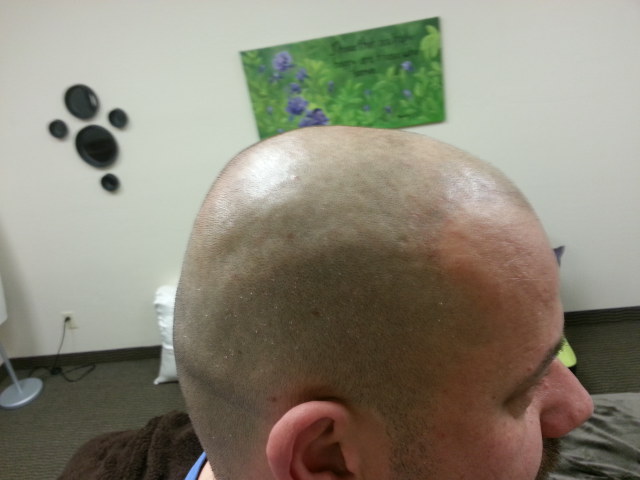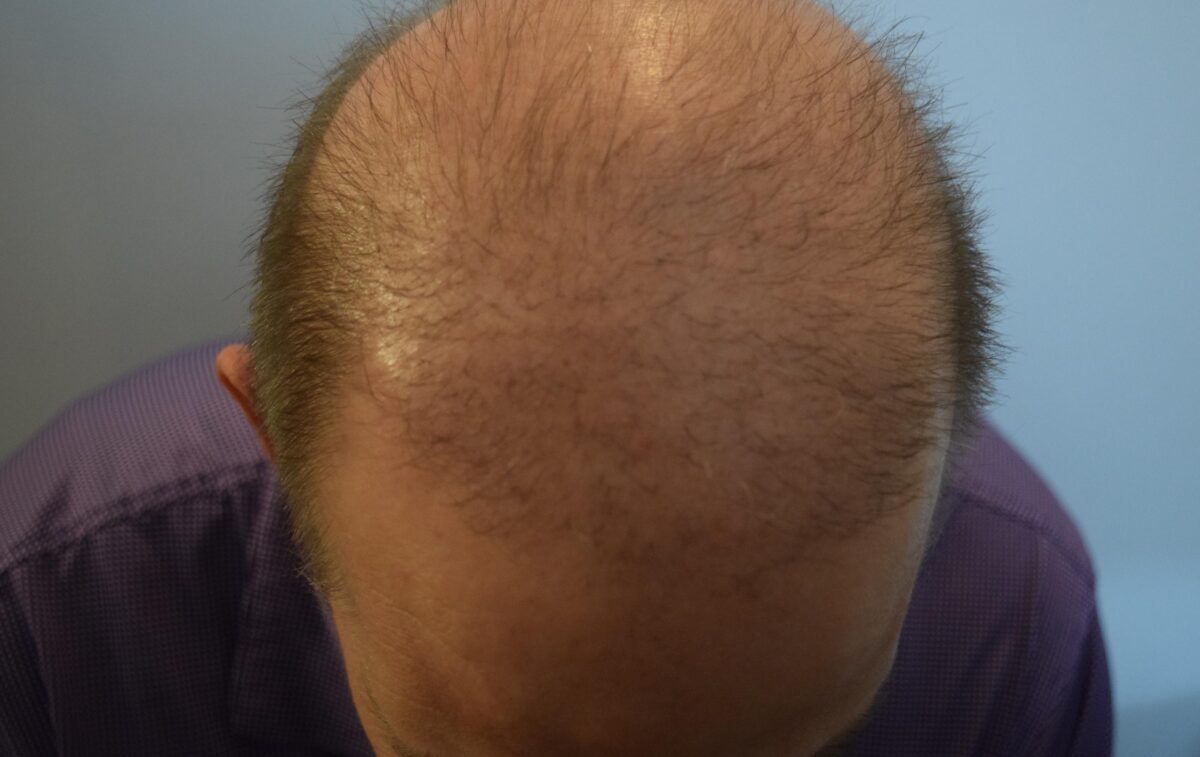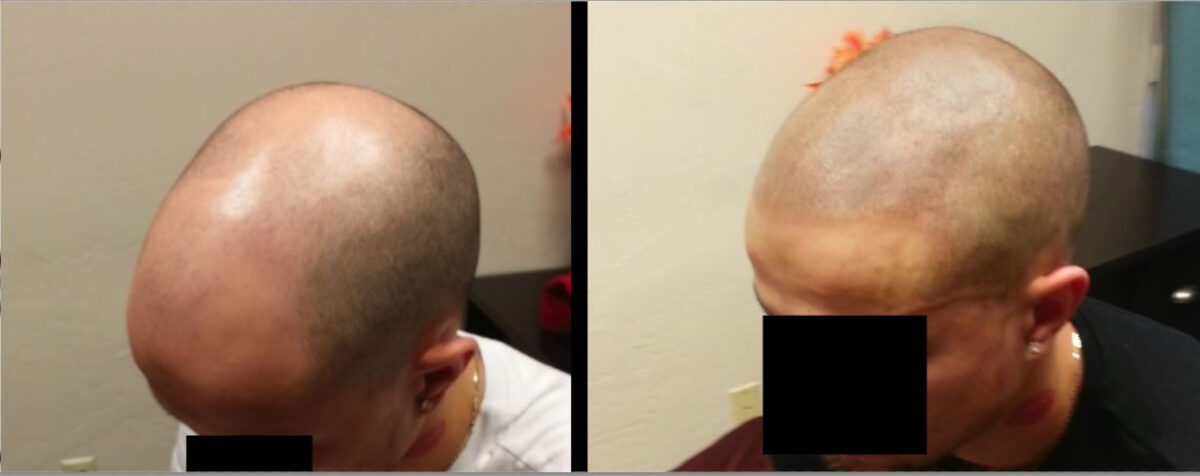Baldness isn’t too welcome among men and women. But if you have decided to embrace your bald scalp unless you find a real fix for the problem, it is important to take care of a bald head. A smooth, well-groomed scalp requires attention. So let’s see what are key bald head care essentials.
Don’t ditch the Shampoo as part of bald head care
Okay, so you have a bald scalp. Now that doesn’t give you the liberty to ditch the shampoo and conditioner. While there may be no hair, you want to make sure the scalp remains clean all the time. Of course, you don’t want it to become a breeding ground of germs, dirt, sweat, and oil. Besides, rinsing will help you get rid of clogged pores too. Using the right shampoo is the first step in the scalp care project.
Better still, get your hands on a paraben-free conditioner that helps keep the scalp soft, supple, and moisturized.
Shield it from UV rays
Now that your scalp is exposed to the elements, including the sun, you want to make sure you slather a good quality sunscreen to shield it from the dangers of ultraviolet rays. When it comes to taking care of a bald head, sun protection is crucial. Look for a sun shield that comes with at least SPF 30. Never walk out without a sun shield for optimal protection.
Invest in a Scalp Massage
Take care of your scalp with regular massage. This helps improve blood flow and distribute natural oils to the scalp. Massage is one way to exfoliate the skin and remove dead skin cells. Additionally, it can help reduce the risk of razor bumps.
Keep it Hydrated
A hydrated scalp is a healthy scalp. Dry skin can result in flakiness and itching. Use a natural moisturizer that will become your scalp’s best friend and keep it hydrated, reduce dryness, and ensure it keeps looking its best.
Avoid products with harsh chemicals. You don’t want to invest in a product with a sharp fragrance either. Such products are laden with chemicals and can easily dry out the scalp.
Use the Right Razor for bald head care
You want to avoid cuts, ingrown hair, and razor bumps at any cost on a bald head. Using the right razor will help achieve a smooth shave. You may want to consider razors that offer a closer shave.
Consider SMP
No, there’s nothing to worry about a bald head unless you want a transformed look. No doubt, many men are embracing baldness and living happily with it. But not everyone can embrace the reality that they are bald. Luckily, scalp micropigmentation from DermiMatch Clinic can help transform your bald look into a buzz-cut one. Now you can live gracefully with baldness hidden under a clean, closely-shaved head, thanks to scalp micropigmentation in Arizona. The non-invasive procedure replicates the appearance of hair follicles and hides all types of scalp problems, from thinning hair to hair loss, scarring, and receding hairline. Get in touch with the best Arizona SMP artists today.
If you’re ready to take the first step in your bald head care project, reach out to DermiMatch Clinic for customized Arizona scalp micropigmentation services. With the right SMP aftercare, you can rock your new buzz-cut look.

